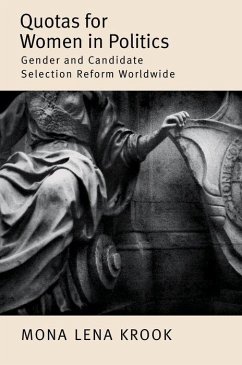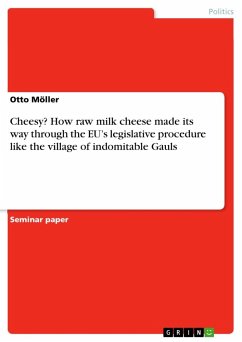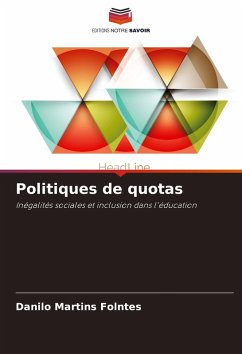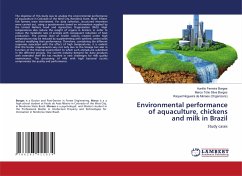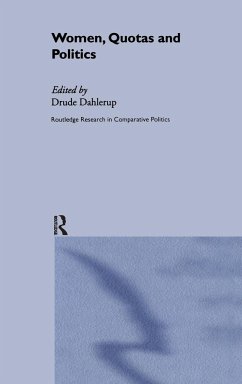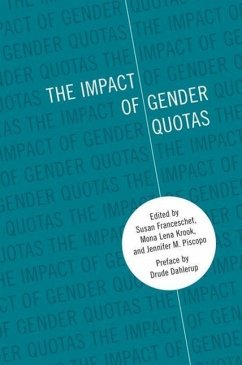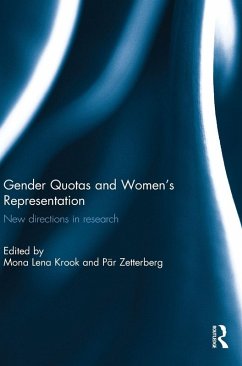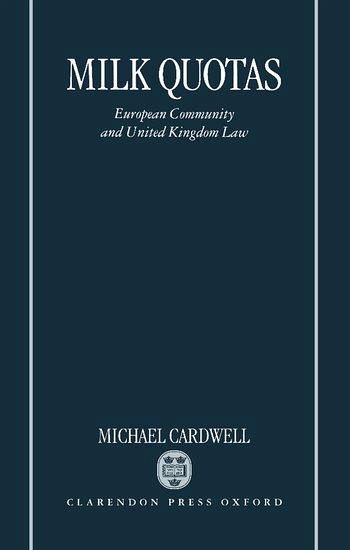
Milk Quotas
European Community and United Kingdom Law
Versandkostenfrei!
Versandfertig in 1-2 Wochen
85,99 €
inkl. MwSt.

PAYBACK Punkte
43 °P sammeln!
Since their introduction in 1984, milk quotas have become a prominent feature of the Common Agricultural Policy. The vigorous and yet at times questionable trade in milk quotas is a strong indication that its legal ramifications are underestimated at their peril. Indeed practitioners in this area cannot afford to ignore the astonishingly large number and high value of dealings in quota. Academics as well are no longer in doubt as to the importance of quota legislation and its ramifications. Milk quotas constitute a major and novel extension of Community power in the agricultural sector and rep...
Since their introduction in 1984, milk quotas have become a prominent feature of the Common Agricultural Policy. The vigorous and yet at times questionable trade in milk quotas is a strong indication that its legal ramifications are underestimated at their peril. Indeed practitioners in this area cannot afford to ignore the astonishingly large number and high value of dealings in quota. Academics as well are no longer in doubt as to the importance of quota legislation and its ramifications. Milk quotas constitute a major and novel extension of Community power in the agricultural sector and represent a potent force in the development of Community law. Indeed, the Common Agricultural Policy gives rise to the single largest body of cases before the European Court of Justice with milk quotas taking a leading role. This indispensable and up-to-date practitioner's manual explores the influence that milk quotas have had on both EC and UK legislation. The author examines exactly how these quotas operate in relation to landlords, tenants, taxation and, consequently, rural culture itself. He goes on to consistently link the domestic effects of milk quota legislation to the European Court of Justice and identifies ways in which milk quota regulation is influencing other areas of EC law.



